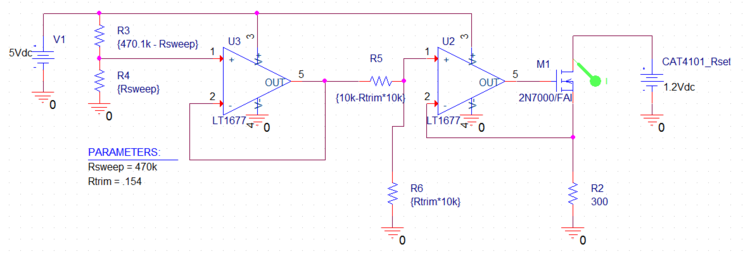LED microscope lighting
Problem Statement
This page used to be the location of a 3W Moonstone LED mod of a Chinese transmitted light biological microscope. However, the page was lost in the Great Hacking and so it is revived here as I swap out the 3W Moonstone LED for a Cree XL-M.
The Moonstone LED was not bright enough for cross polarization or high magnification, high N/A darkfield. It also had a strange shape where the phosphor surrounded the central LED such that the color of the light emitting aperture was not uniform leading to some nasty yellow fringing. Since Cree X-Lamp modules have become so cheap, I deicded to swap out the controller and fix some sloppy engineering in the driver module which is a CAT4101, which can only drive 1A through the 3A capable Cree LED. Perhaps in the future I will build a new driver module if I ever need the additional brightness.
System Overview
The LED is a Cree XM-L which features 1,000 lumins of 125 Deg cool white light when driven at 3A. The driver, however, is based on a 2A 5V supply from ebay and a CAT4101 being overdriven to 1.1A. The CAT4101 uses a 1:400 current mirror to set the LED current level, so a linear range of 0-2.5mA are needed to drive the LED from 0-1A.
Brightness Control
Brightness control is achieved by dividing a 0-5V signal generated by the brightness trimpot then using the resulting voltage to set a current through a sense resistor. The sense resistor is 300Ω, meaning that the voltage across it for 2.5mA is 750mV. Thus, the divider must then be set to divide the buffered 5V signal by 6.67, or 15% of a small 10k trimpot. The circuit is shown below and uses both sides of a dual rail-to-rail op-amp and is connected to the Rset pin of the CAT4101, which BTW sources 1.2V.
